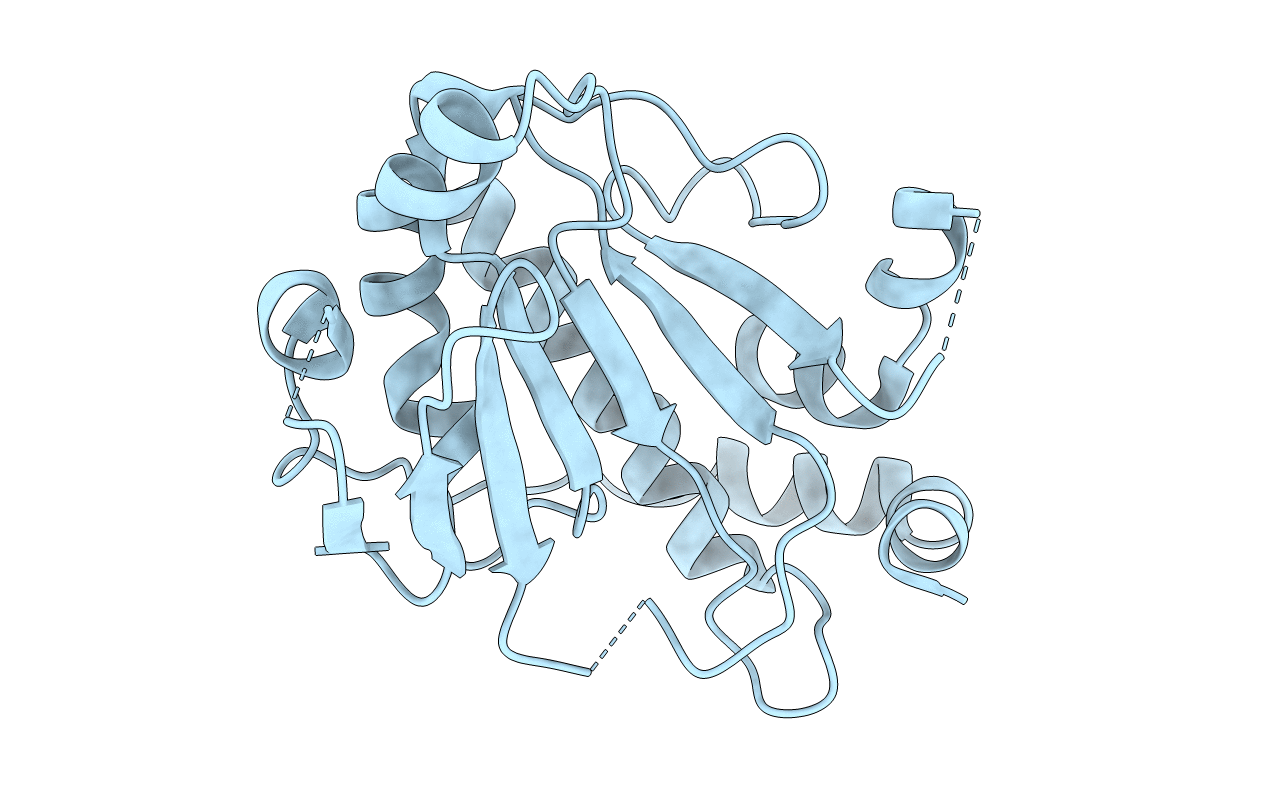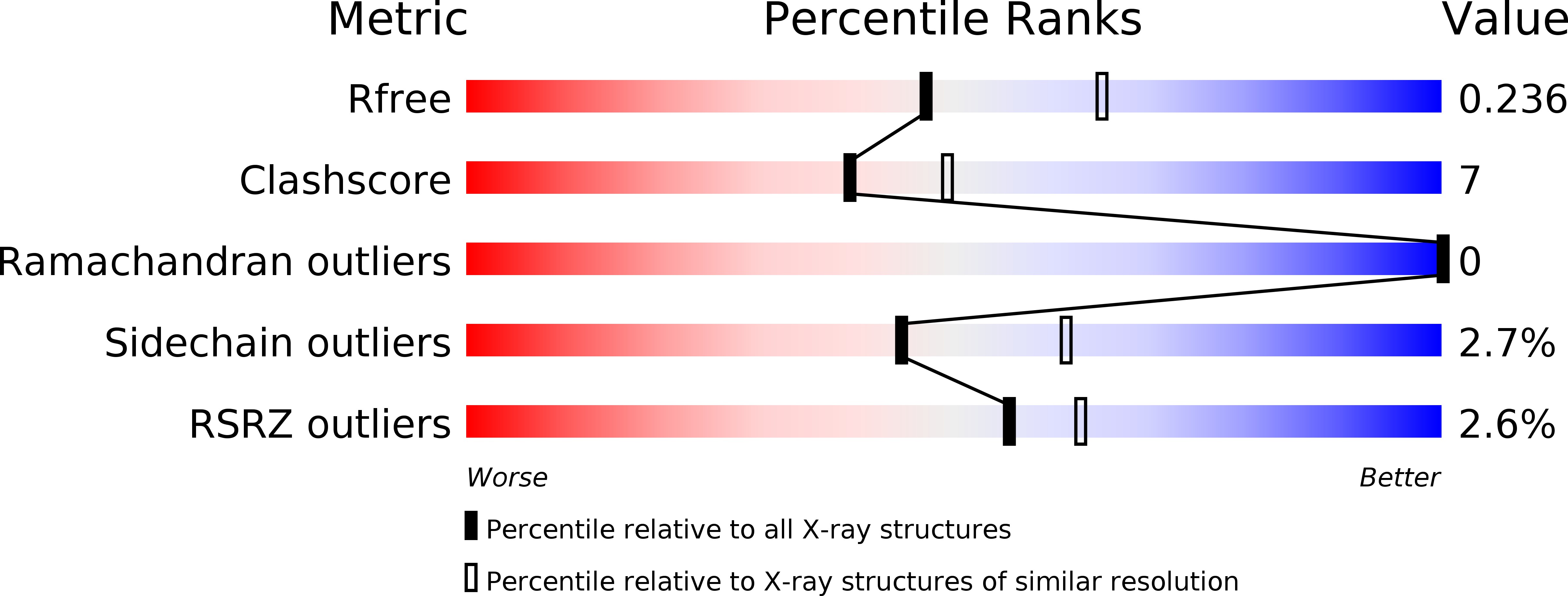
Deposition Date
2007-03-06
Release Date
2007-12-11
Last Version Date
2024-11-13
Entry Detail
PDB ID:
2P1W
Keywords:
Title:
structure of the phosphothreonine lyase SpvC, the effector protein from Salmonella
Biological Source:
Source Organism:
Salmonella enteritidis (Taxon ID: 592)
Host Organism:
Method Details:
Experimental Method:
Resolution:
2.30 Å
R-Value Free:
0.22
R-Value Work:
0.19
Space Group:
P 42 21 2


